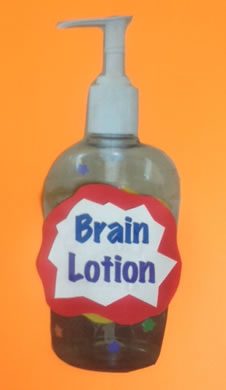“Center”ed around the Core
WHY Use Centers?
Hands-on activities in centers provide many pathways to the brain and are engaging for young learners.
• Children can work at their own pace and level.
• Executive function skills of task initiation and task completion are nurtured with centers.
• 21st Century Skills are enhanced as children cooperate with others, communicate, problem-solve, and think critically.
• Centers give children the opportunity to develop organizational skills and responsibility.
• Centers can provide children with purposeful practice for automaticity.
Most of these centers provide you with “tools” that you can use for a variety of standards and levels. In addition to centers, these ideas can be used for small group, partner, or take home activities.
Acquisition and Adaptation are the two “A’s” of teaching! Take these ideas and make them work for you. Although there are many worksheets and computer games that you can find on the internet, my goal was to offer a balance with open-ended and hands-on materials. I think you’ll realize they meet my criteria of: Simple, Inexpensive, and Kid-friendly.
Note! Concomitant learning refers to the multiple effects of classroom experiences. Although a specific standard is highlighted for each center, bear in mind that there are many (incidental) skills that are nurtured when children work in learning centers.
HOW?
You can make these yourself.
You can ask parents to make these for you.
You can share centers with other teachers.
•One group of teachers explained that they each made 5 centers every month. Students completed one center each day. At the end of the week teachers rotated centers to another class.
WHERE?
Store these in zip bags, pencil boxes, diaper wipe boxes, baskets, or other containers.
Clear plastic tubs that you can buy at most dollar stores are perfect for self-contained materials. (One teacher said she referred to these as “happy boxes” which would appeal to a child more than a work station!)
•Place materials on lunchroom trays or in hula hoops on the floor to keep them self-contained.
WHEN?
Thoroughly explain the centers so children are clear about what is expected of them. Model how to care for the materials, complete the activity, and clean up.
• Use activities for daily center rotation.
• Give children a contract with the different centers listed. They can color off the squares as they complete the activities or draw or write what they learned.
• Ask parents to donate old digital cameras so children can photograph their work.
• Have a checklist in each center so children can cross through their name as they do the project.
*After all the children have completed centers store them on a shelf so children can “revisit” them if skills need to be reinforced.
You could also let children take home activities or practice with a partner who has mastered the skill.
Brain Lotion
Take the label off a bottle of anti-bacterial soap and write “Brain Lotion” on it.
Explain that before the children work in the centers they should rub the brain lotion on their hands to help them learn.
Next Page
